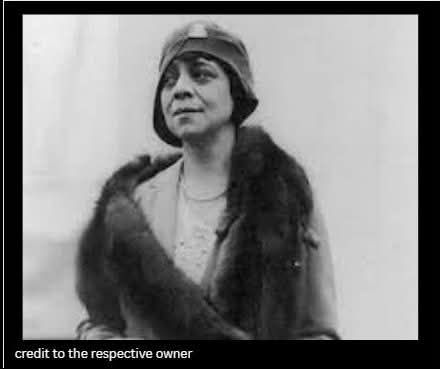In the early 1900s, a remarkable woman quietly stepped into the heart of one of America’s most powerful circles—not as a socialite or heiress, but as the trusted librarian to the legendary financier J.P. Morgan. Her name was Belle da Costa Greene.
What few knew at the time was that Belle was a Black woman who had chosen to live as white in a world that offered no space for her true identity. Born Belle Marion Greener in Washington, D.C., in 1879, she came from one of the most educated African American families of her era. Yet, the exclusive realms she yearned to enter—the refined world of rare books, priceless manuscripts, and male-dominated boardrooms—demanded a different story.
So, she reinvented herself. Belle da Costa Greene, she claimed, was of Portuguese descent. With a new name and a carefully crafted background, she began to shape history on her own terms.
As J.P. Morgan’s right hand in building his extraordinary library, Belle didn’t just curate a collection—she created a cultural legacy. She dazzled scholars and aristocrats alike with her sharp intellect and keen eye. More than a librarian, she was a shrewd negotiator, outsmarting European dealers and even engaging with royalty to secure treasures that would define American cultural prestige for generations.
All the while, she guarded a secret so fragile that its exposure could have shattered her world.
Belle moved through life with grace as her shield. Fluent in five languages, she commanded respect in every room she entered. When she passed away, she chose to burn her personal papers—not out of shame, but to protect the narrative she had so carefully built.
Belle da Costa Greene’s story is not just one of passing—it’s one of transcending boundaries and rewriting the rules of what was possible. Her legacy is a powerful reminder that sometimes, survival means crafting a new story so that those who come after us can change the world.
